沧浪亭

Microcosm微观世界
Garden
Allusions隐喻
"Of all the famous rock-gardens in history, only one survived. This is the so-called 'Lion Garden' in Suzhou ." The Lion Grove Garden was built in 1342 during the Yuan Dynasty by a Zen Buddhist monk, Wen Tianru, in memory of his teacher and named by the lion-shaped taihu rocks. There is a folktale about two immortals, Iron-Crutch Li and Lü Dongbin, who wandered into the maze of the Lion Grove and lost their way, after which they settled in a cave to play chess.
这个23,310 m2的园林被分成了东中西北四个区域,其中中部区域是整个园林历史最久的。而建筑作为所有中国园林的基础符号,占据了整个园林面积的三分之一,并由一个700米长的廊道把彼此连接在一起。
The garden contains numerous pavilions and bridges set among a maze of connected pools and islands. It consists of three major parts set about a large lake: the central part (Zhuozheng Yuan), the eastern part (once called Guitianyuanju, Dwelling Upon Return to the Countryside), and a western part (the Supplementary Garden). The house lies in the south of the garden. Cao Xueqin, author of the Dream of the Red Chamber, is supposed to have lived in the garden during his teenage years – around 1735. Among Chinese scholars, it is believed that much of the garden in his novel Dream of the Red Chamber was inspired by the scenery of the Humble Administrator's Garden.
第一座苏州古典园林可以追溯到公元前6世纪的春秋时期,它属于当时的吴王。在之后的千百年里,更多的园林紧随着出现,其中大多数为个人所有。在经济繁荣发展的明清两朝,苏州和苏州郊外地区的园林数目大幅增多,上升到了两百个。
沧浪亭以山为主、以廊相连,内有108式的漏窗作为装饰。它的名字取自战国时期楚国著名诗人屈原的《楚辞渔父》中的一节,BT页游sf,“沧浪之水清兮可以濯我缨。沧浪之水浊兮可以濯我足。”,塑造了一个宁愿远离腐败的官场也不愿沉溺之中的正直官员形象。
Canglang
Lingering
Pavilion
Built in different periods, Canglang Pavilion of Song Dynasty, Lion Grove Garden of Yuan Dynasty, the Humble Administrator’s Garden of Ming Dynasty and the Lingering Garden of Qing Dynasty represent the concentrated essence of Chinese wisdom and the finest specimens of all classical gardens of Suzhou. They are renowned as four great classical gardens of Suzhou.
Laid out within a limited area by the house, a classical garden of Suzhou is a microcosm of the world made of the basic elements of water, stones, plants and different kinds of buildings with literary allusions. The gardens were designed and built by great masters of different dynasties, employing extraordinary methods and techniques. Consequently, we call the beauty of the gardens as “unnaturally nature”. Moreover, the gardens have varieties of constructions like Ting, Tang, Xuan, Guan, Lou, Ge, Xie, Fang, Ting (rising tone) and Lang, to satisfy the need of daily life like reading, resting, viewing performing musical instruments, sipping tea and so forth.
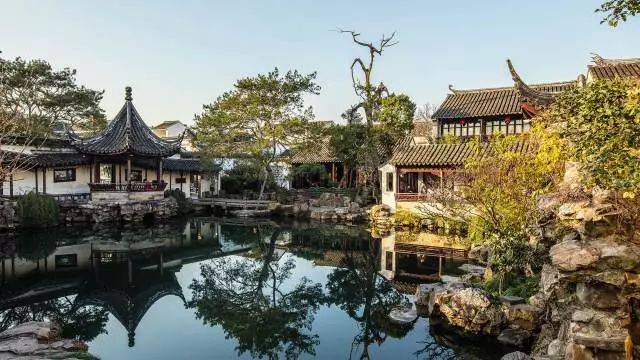
Garden
Garden
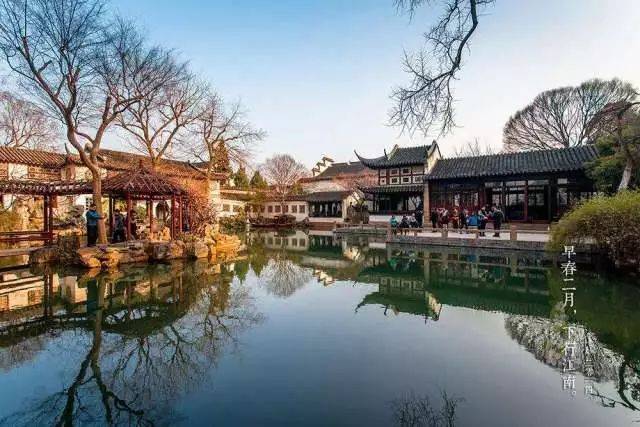
To sum up, the classical gardens of Suzhou in the course of over two millennia have experiences many ups and downs, and gradually reached a state of artistic perfection. Indeed they are invaluable reservoir from which we can comprehend Chinese classical culture.
Humble
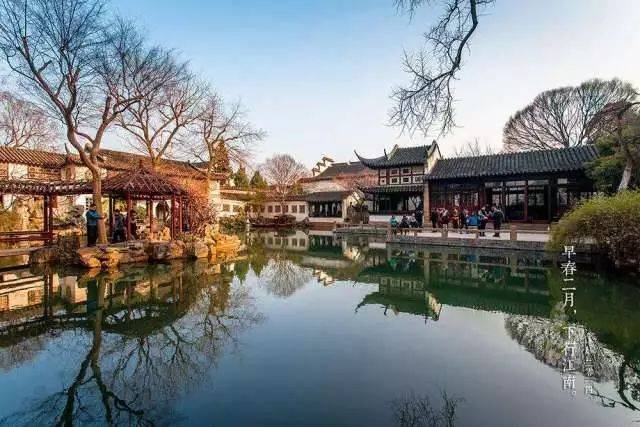
拙政园中有大量的桥和廊连接着迷宫般的水塘和小岛。它有三个散布在湖周围的主要园林部分:中部的拙政园、东部的归田园居和西部的补园,房舍则坐落在南部。1735年左右,青少年时的红楼梦的作者曹雪芹很可能曾经在这个园中居住过。中国的许多学者相信他小说中的大部分园林场景是来自拙政园的。
“在所有历史上著名的石头园中,只有一个存留下来,那就是狮子林。”狮子里是元代至正二年(1342年),由天如禅师的弟子为缅怀其师所造,并以太湖中狮形的石头命名。狮子林还有一个民间传说,据说铁拐李和吕洞宾两个神仙逛到狮子林迷宫的时候迷了路,就干脆在山洞中留下来下棋了。
The garden was built around the mountain and organized by the corridors with 108 exquisite unique windows decorating. The name is derived from a verse in the poem Fishermen by Qu Yuan, a poet from the southern state of Chu during the Warring States period, "If the Canglang River is dirty I wash my muddy feet; If the Canglang River is clean I wash my ribbon". This verse alludes to an honest official who removes himself from politics rather than act in a corrupt manner.
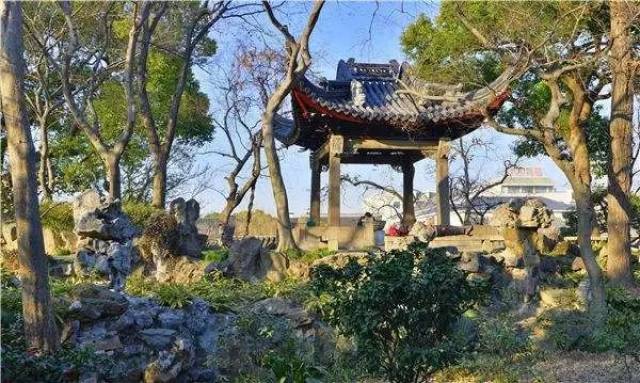
拙政园
狮子林
总而言之,苏州园林在两千年的过程中经历起起落落,才最终到达了艺术的完美境地,它们确实无愧被称为中国古典文化的无价宝库。
Lion Grove
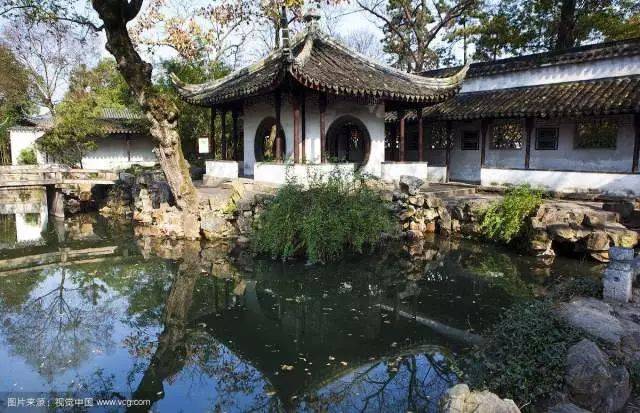
The 23,310 m2 garden is divided into four distinctly themed sections; East, Central, West, and North. And buildings, as the primary feature of any Chinese garden, occupy one third of the total area. A unique feature this garden is the 700 m covered walk which connects them.

